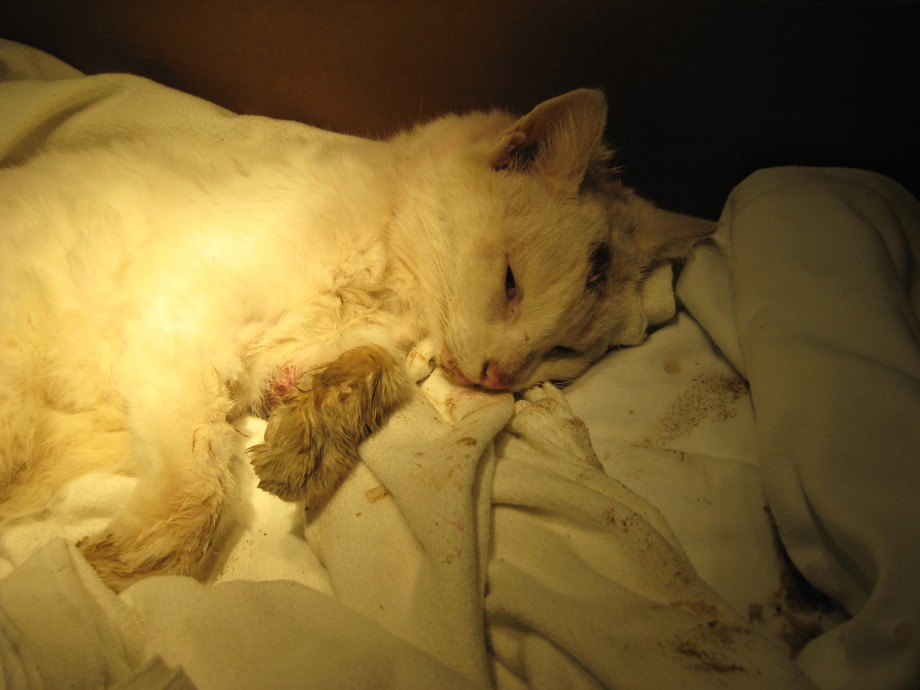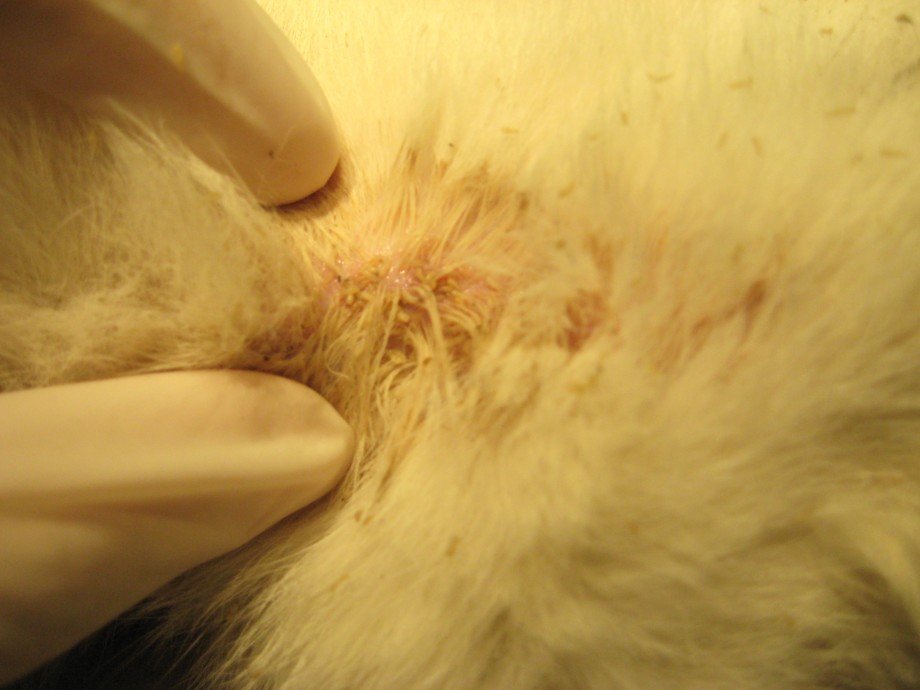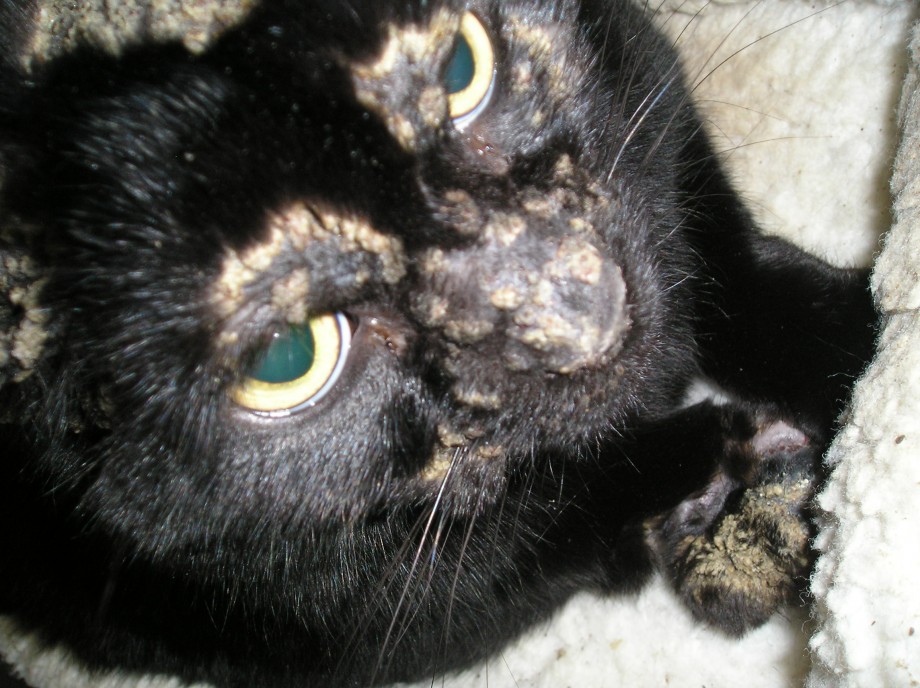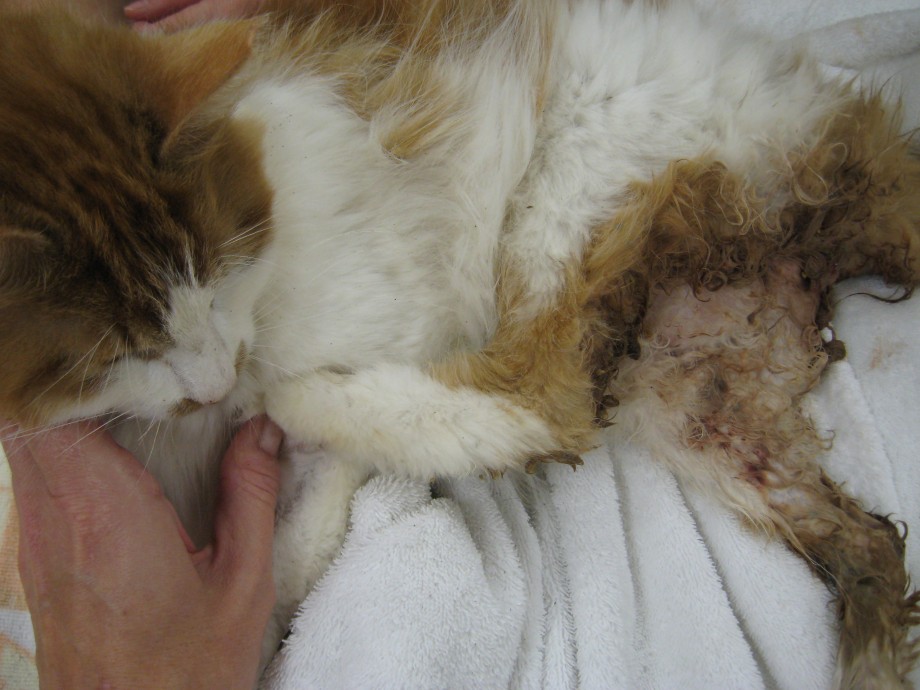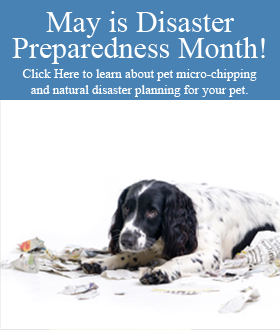
As any veterinary hospital knows, feral and stray cats do not live ‘natural’ lives that end in death at old age like owned cats. Instead, they live a violent life that is short, brutal, and savage. Hit by cars, mauled by dogs and other larger animals, poisoned, and notably dying of a host of parasitic diseases, feral and stray cats have an average life span of less than 3 years. This compares to an indoor cat life which exceeds 12 years on average, and many times reaches 20 or more years. Jessup observes in a JAVMA article (which can be read here), “Figures vary, but the AVMA has used the figure of 2 years as opposed to 10 for the mean lifespan of owned cats; others estimate that feral cats live approximately half as long as owned cats. Mortality rates for feral cats can be up to 80%/y. Feral cats suffer considerably higher rates of injury and disease. Many feral cats succumb to vehicle trauma, predation, disease, or severe weather. Ferals often scratch their ears bloody, driven crazy by pain and itching of ear mites and accompanying infections. Others die of blood loss or anemia from worms and fleas. Urinary tract infections, which frequently lead to blockage in male cats, cause extremely painful, lingering death if not treated. Untreated upper respiratory infections leave eyes and noses so caked with mucus that animals can barely see or breathe.”
WARNING: THE FOLLOWING PHOTOS ARE EXTREMELY DISTURBING. PLEASE BE ADVISED.
Although difficult to consider, below are some photos of feral cats recently presented to veterinary hospitals around Hillsborough County this year (2012):
This photo is of a feral cat that was mauled by something bigger. Note the huge hole in its head.
This photo is of maggots infesting an open wound on the feral cat shown above.
Here we see the results of life in the wild:
Another issue we see in veterinary hospitals – TNR proponents do the surgery quickly and the animals are returned to their ‘home’ on the street. With no pain medicines and no e-collar, too frequently the surgery site is chewed on and picked at until it re-opens and festers, as shown below (note the tipped ear, sign of TNR):



